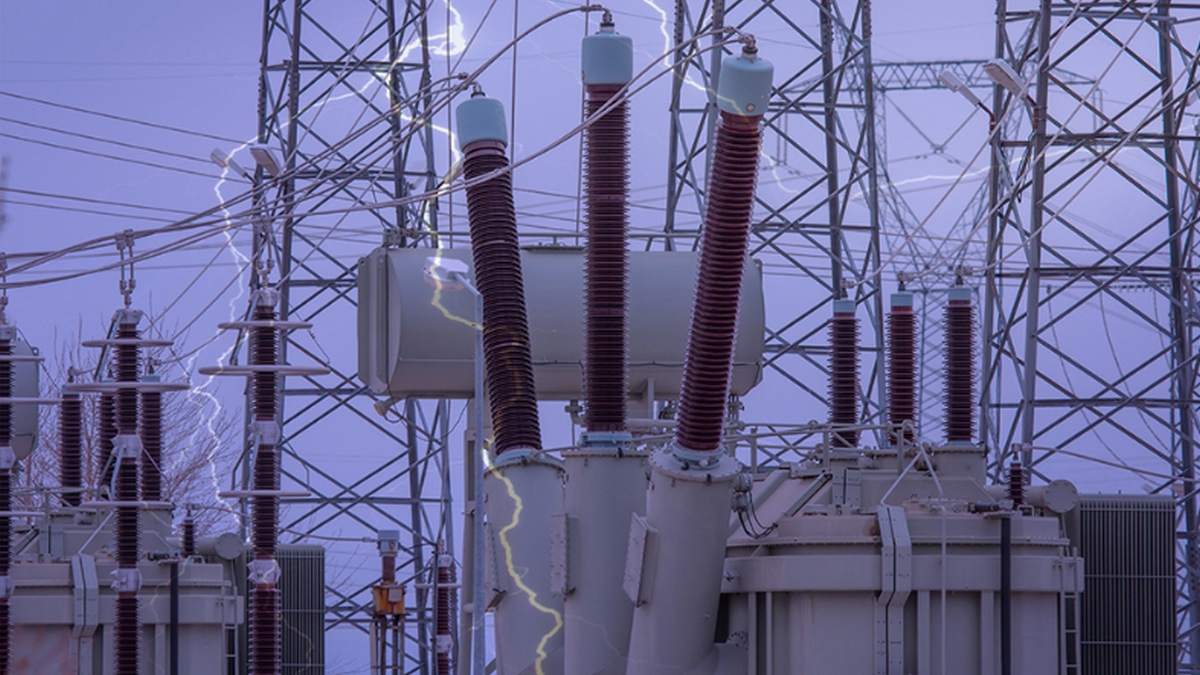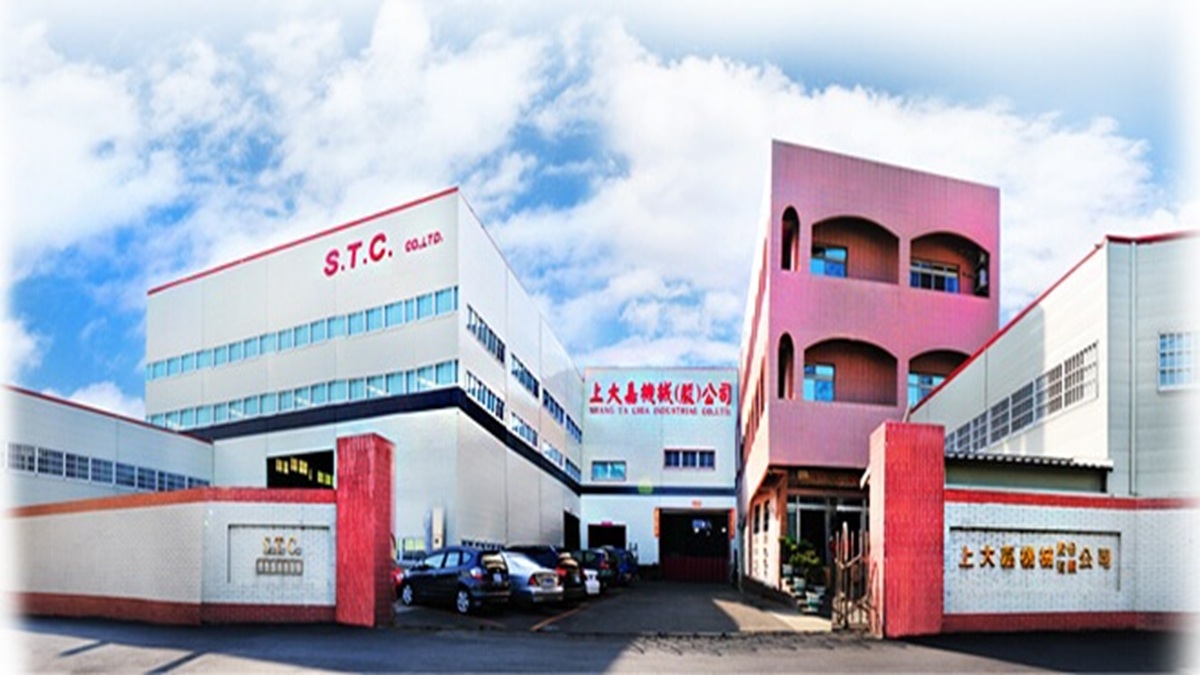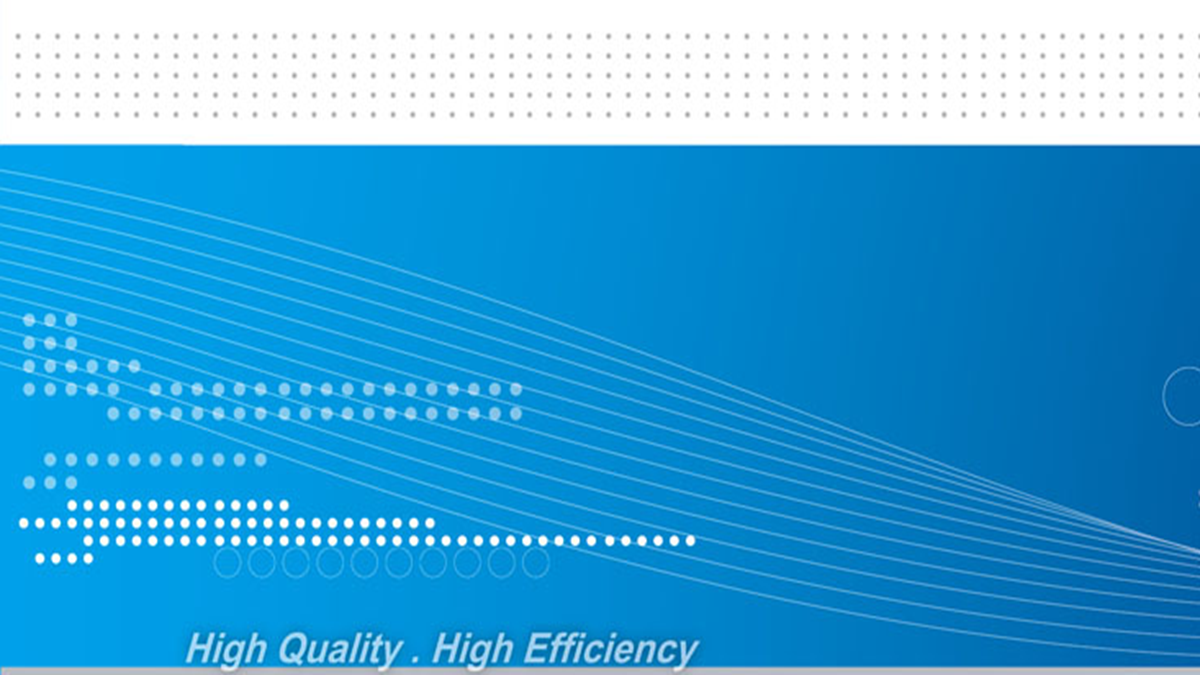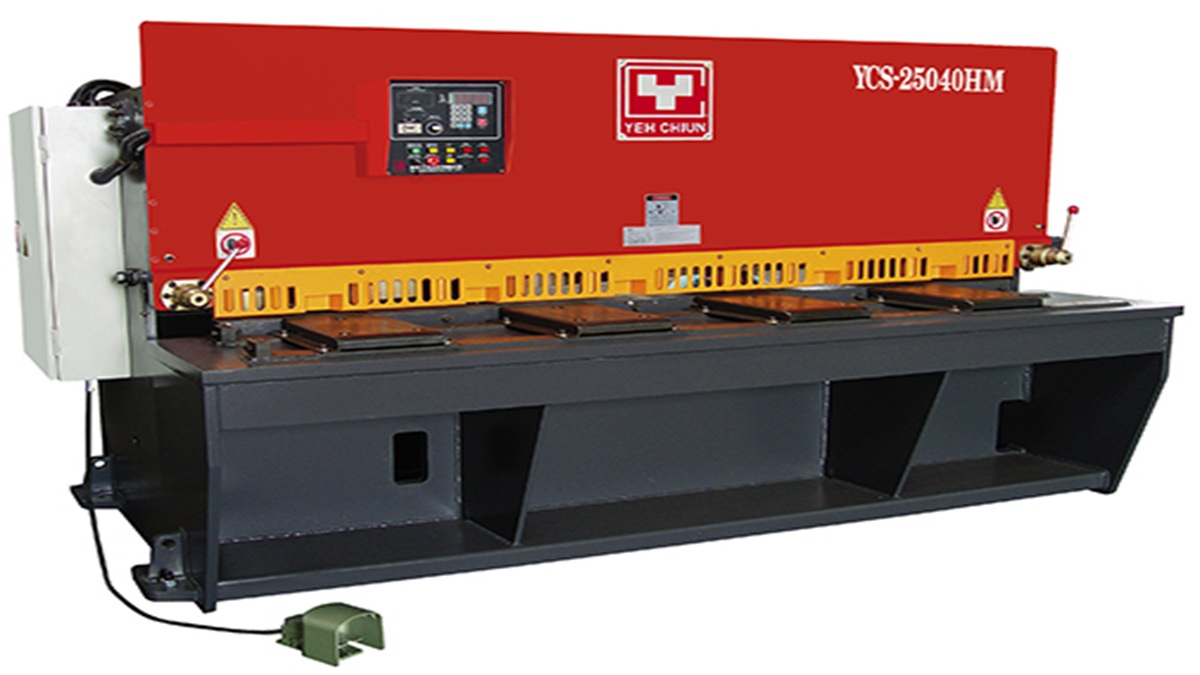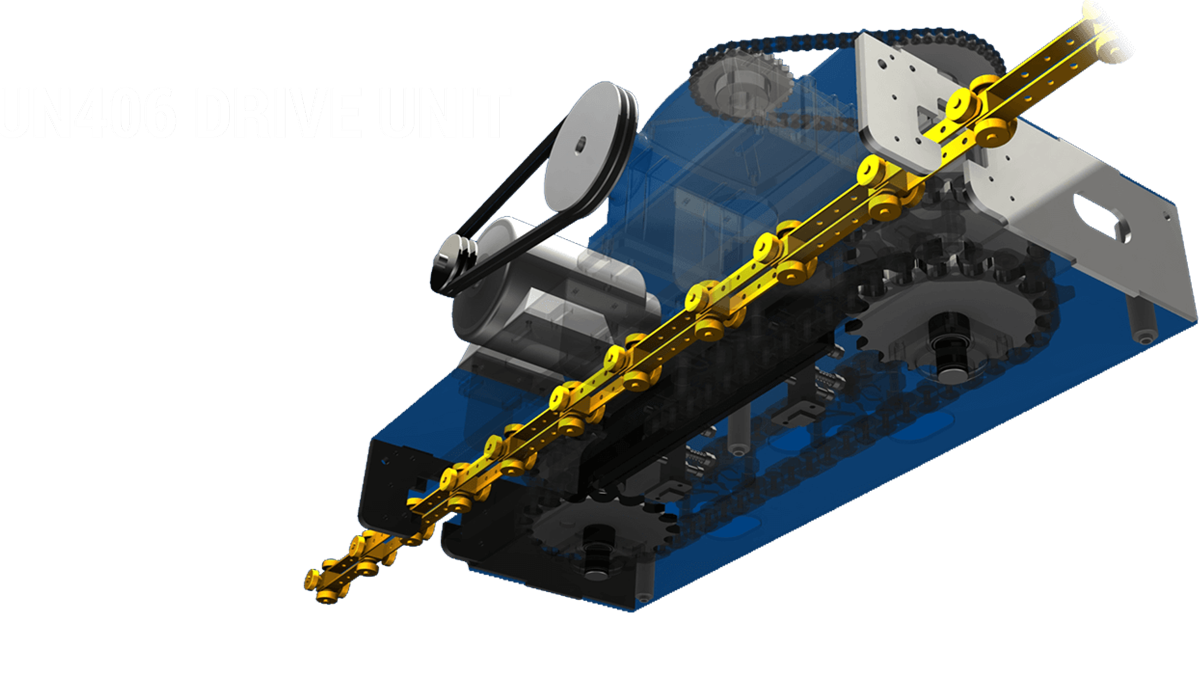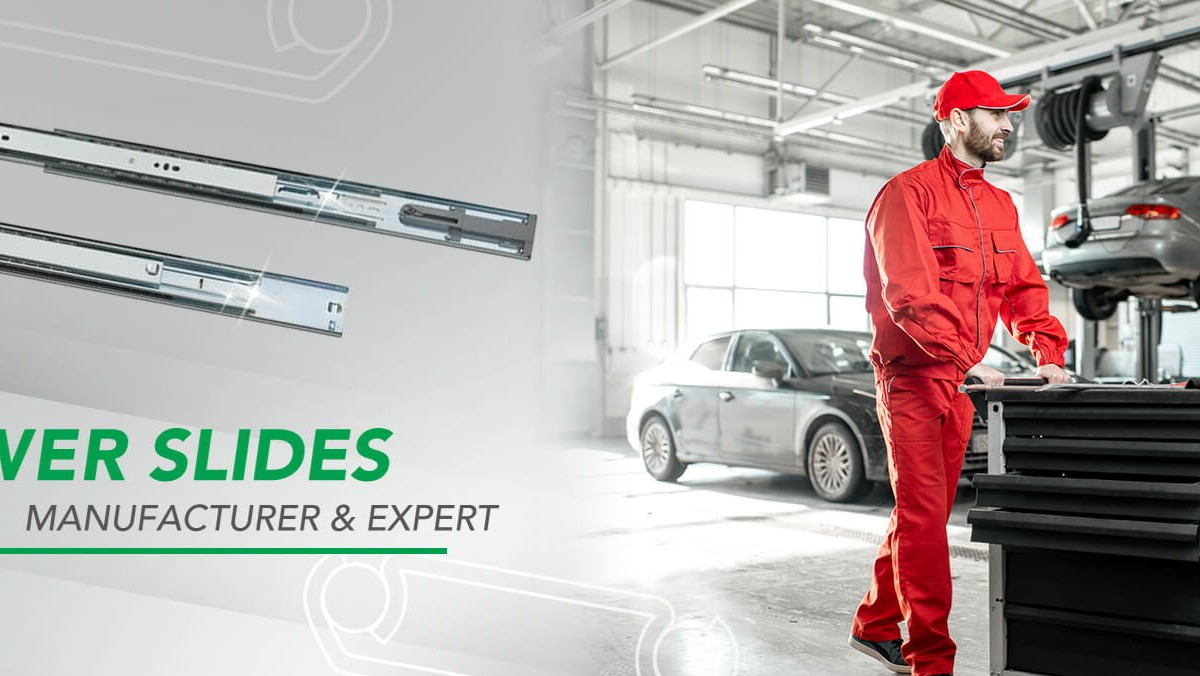Facing the wave of global manufacturing transformation and automation upgrades, the hydraulic industry stands at a critical turning point. From traditional power output units, it is gradually evolving into an integrated system that combines precision manufacturing, intelligent control, and energy-saving technologies. The role of hydraulic technology in next-generation equipment is no longer limited to “power transmission,” but has become a key factor influencing efficiency, stability, and environmental sustainability.
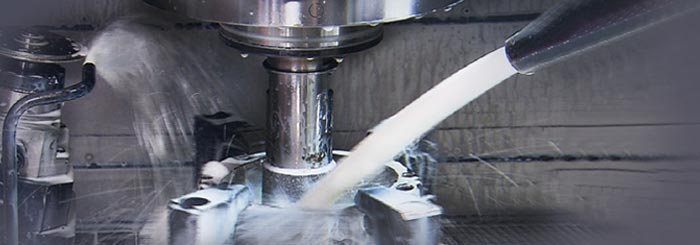
Photo by https://www.anson-hyd.com/index.html
Stable Global Growth, with Asia-Pacific Leading the Momentum
According to market research, the global hydraulic components market continues to expand steadily at an annual growth rate of 4–5%, with the Asia-Pacific region serving as the main driving force. As manufacturing capacities strengthen in China, India, Southeast Asia, and Taiwan, along with the ongoing expansion of machine tools and automation equipment, the demand for hydraulic systems continues to deepen both on production lines and at the machinery level.
Hydraulic Products Advancing Towards “High Efficiency, Low Noise, and Intelligence”
The new generation of hydraulic systems is evolving along three core directions:
- Energy Saving and Low Carbon Emission: Through technologies such as servo motor drives, embedded vane pumps (Intravane Pumps), and intelligent variable frequency drives, hydraulic equipment significantly improves energy efficiency to respond to global carbon reduction trends.
- Modular Design and Flexible Integration: Hydraulic power units (HPUs) and mini hydraulic power packs (Mini HPUs) emphasize high integration and modular flexibility, meeting the demands of diverse and variable machinery.
- Intelligent Monitoring and Predictive Maintenance: By integrating sensors and IoT systems, hydraulic systems enable real-time monitoring and remote maintenance, reducing failure rates and enhancing system availability.
The Changing Role of Hydraulic Technology: From Supporting Actor to Main System Driver
In the past, hydraulic systems mainly served as auxiliary components in machinery. However, in modern manufacturing environments, hydraulic technology has become one of the main systems impacting overall operational efficiency. Whether in the clamping actions of CNC machine tools, high-pressure molding in injection molding machines, or precise control of automated warehousing and lifting equipment, hydraulic technology demonstrates indispensable value.
Green Manufacturing and System Integration Become the Next Key Competitive Factors
Against the backdrop of global manufacturing’s focus on ESG and the circular economy, hydraulic equipment manufacturers no longer aim solely at "pressure output." Instead, they achieve higher levels of energy saving and carbon reduction through material selection, structural design, and process control. At the same time, suppliers with strong system integration capabilities can better assist brands and equipment manufacturers in shortening development cycles and enhancing competitiveness.
From "Power Supply" to "Intelligent Actuation," the Hydraulic Industry is Reshaping Future Manufacturing
The future of the hydraulic industry is no longer just about transmitting fluid power; it is evolving into a new paradigm that integrates intelligence, automation, and sustainable development. In this wave of industrial upgrading and global competition, only hydraulic companies that continuously innovate technology and optimize processes can firmly establish themselves and drive the future of manufacturing.



